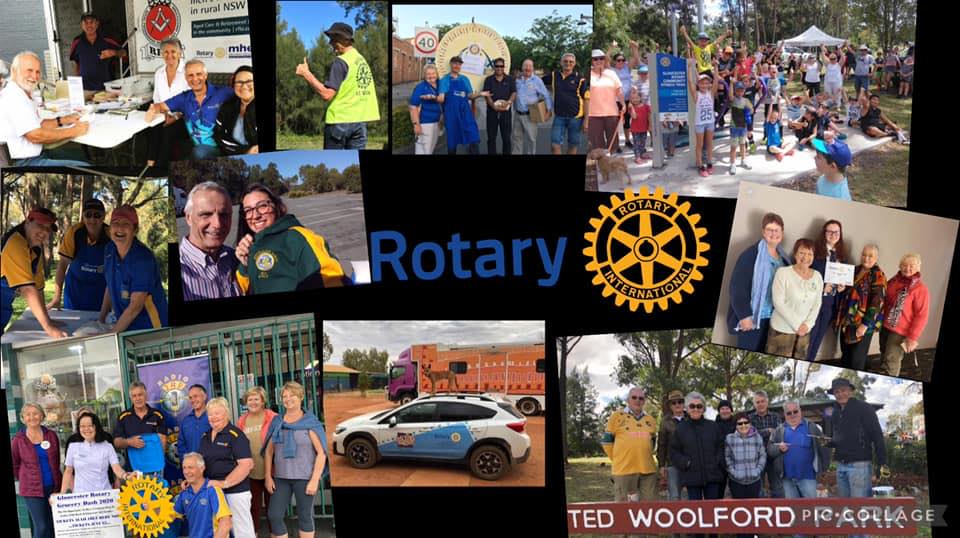History

“Whatever Rotary may mean to us, to the world it will be known by the results it achieves.”
—Paul P. Harris
Our 1.2 million-member organization started with the vision of one man—Paul P. Harris. The Chicago attorney formed one of the world’s first service organizations, the Rotary Club of Chicago, on 23 February 1905 as a place where professionals with diverse backgrounds could exchange ideas and form meaningful, lifelong friendships. Rotary’s name came from the group’s early practice of rotating meetings among the offices of each member.
What is Rotary?
Rotary started in 1905 when four friends began meeting in each other’s offices. They later called themselves “The Rotary Club of Chicago” and began meeting once each week. Initially membership was only open to one person per occupation and it was men only. Nowadays both women and men are welcome to join.
Rotary gradually expanded internationally and today it is active in countries all over the world with over 34,000 clubs. From very early on its members became active in community projects.
That community involvement is the hallmark of the Gloucester Rotary Club.
Our ongoing commitment
Rotarians have not only been present for major events in history—we’ve been a part of them. From the beginning, three key traits have remained strong throughout Rotary:
We’re truly international. Only 16 years after being founded, Rotary had clubs on six continents. Today we’re working together from around the globe both digitally and in-person to solve some of our world’s most challenging problems.
We persevere in tough times. During WWII, Rotary clubs in Germany, Austria, Italy, Spain, and Japan were forced to disband. Despite the risks, many continued to meet informally and following the war’s end, Rotary members joined together to rebuild their clubs and their countries.
Our commitment to service is ongoing. We began our fight against polio in 1979 with a project to immunize 6 million children in the Philippines. By 2012, only three countries remain polio-endemic—down from 125 in 1988.
